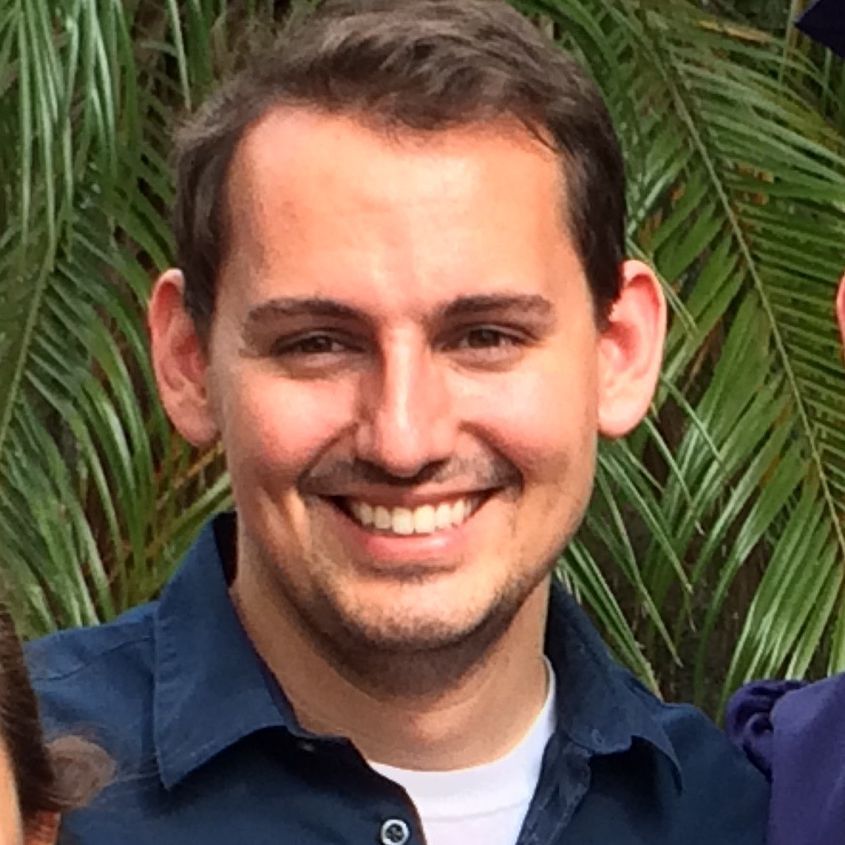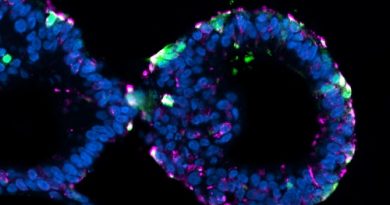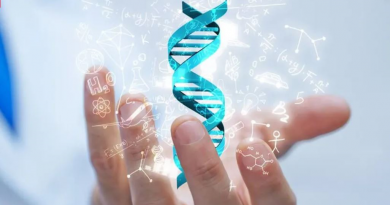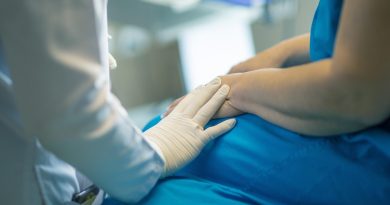Tapping on the healing capacity of the heart
If your skin is injured, it can heal itself. If you lose blood, your body makes more. If a lobe is removed from a mouse liver, a new lobe will grow. But a damaged heart fails to repair itself.

“Heart failure remains the leading cause of mortality from heart disease. The best current treatment for this condition is implantation of a ventricular assist device or a heart transplant, but the number of hearts available for transplant is limited,” said corresponding author Dr. James Martin, professor and Vivian L. Smith Chair in Regenerative Medicine at Baylor College of Medicine and director of the Cardiomyocyte Renewal Lab at the Texas Heart Institute.
During a heart attack, blood stops flowing into the heart; starved for oxygen, part of the heart muscle dies. The heart muscle does not regenerate; instead it replaces dead tissue with scars made of cells called fibroblasts that do not help the heart pump. The heart progressively weakens; most people who had a severe heart attack will develop heat failure.
“One of the interests of my lab is to develop ways to heal heart muscle by studying pathways involved in heart development and regeneration,” Martin said. “In this study, we investigated the Hippo pathway, which is known from my lab’s previous studies to prevent adult heart muscle cell proliferation and regeneration.”

“When patients are in heart failure there is an increase in the activity of the Hippo pathway,” said first author John Leach, a graduate student of molecular physiology and biophysics in the Martin lab at the time the paper was published.
“This led us to think that if we could turn Hippo off, then we might be able to induce improvement in heart function.”
Encouraging results
“We designed a mouse model to mimic the human condition of advanced heart failure,” Leach said.
Once we reproduced a severe stage of injury in the mouse heart, we inhibited the Hippo pathway. After six weeks we observed that the injured hearts had recovered their pumping function to the level of the control, healthy hearts.”
The researchers think the effect of turning Hippo off is two-fold. On one side, it induces heart muscle cells to proliferate and survive in the injured heart, and on the other side, it induces an alteration of the fibrosis. Further studies are going to be needed to elucidate the changes observed in fibrosis.
Find all the details about this research in the journal Nature.
###
Other contributors to this paper include Todd Heallen, Min Zhang, Mahdis Rahmani, Yuka Morikawa, Matthew C. Hill, Ana Segura and James T. Willerson. The authors are affiliated with one or more of the following institutions Baylor College of Medicine, the Texas Heart Institute and Shanghai Children’s Medical Center.
This study is supported by grants from the National Institutes of Health (DE023177, HL127717, HL130804, HL118761 and 5T32HL007676-23), Vivian L. Smith Foundation, State of Texas funding, LeDucq Foundation Transatlantic Networks of Excellence in Cardiovascular Research (14CVD01) “Defining the genomic topology of atrial fibrillation.” Further support was provided by IDDRC grant number 1U54 HD083092 from the Eunice Kennedy Shriver National Institute of Child Health & Human Development and the Mouse Phenotyping Core at Baylor College of Medicine (U54 HG006348), the American Heart Association Scientist Development Grant (16SDG26460001) and in part by Neuroconnectivity Core and Optical Imaging and Vital Microscopy Core at Baylor College of Medicine.
Home page image for this post is by Aaron Burden on Unsplash.



